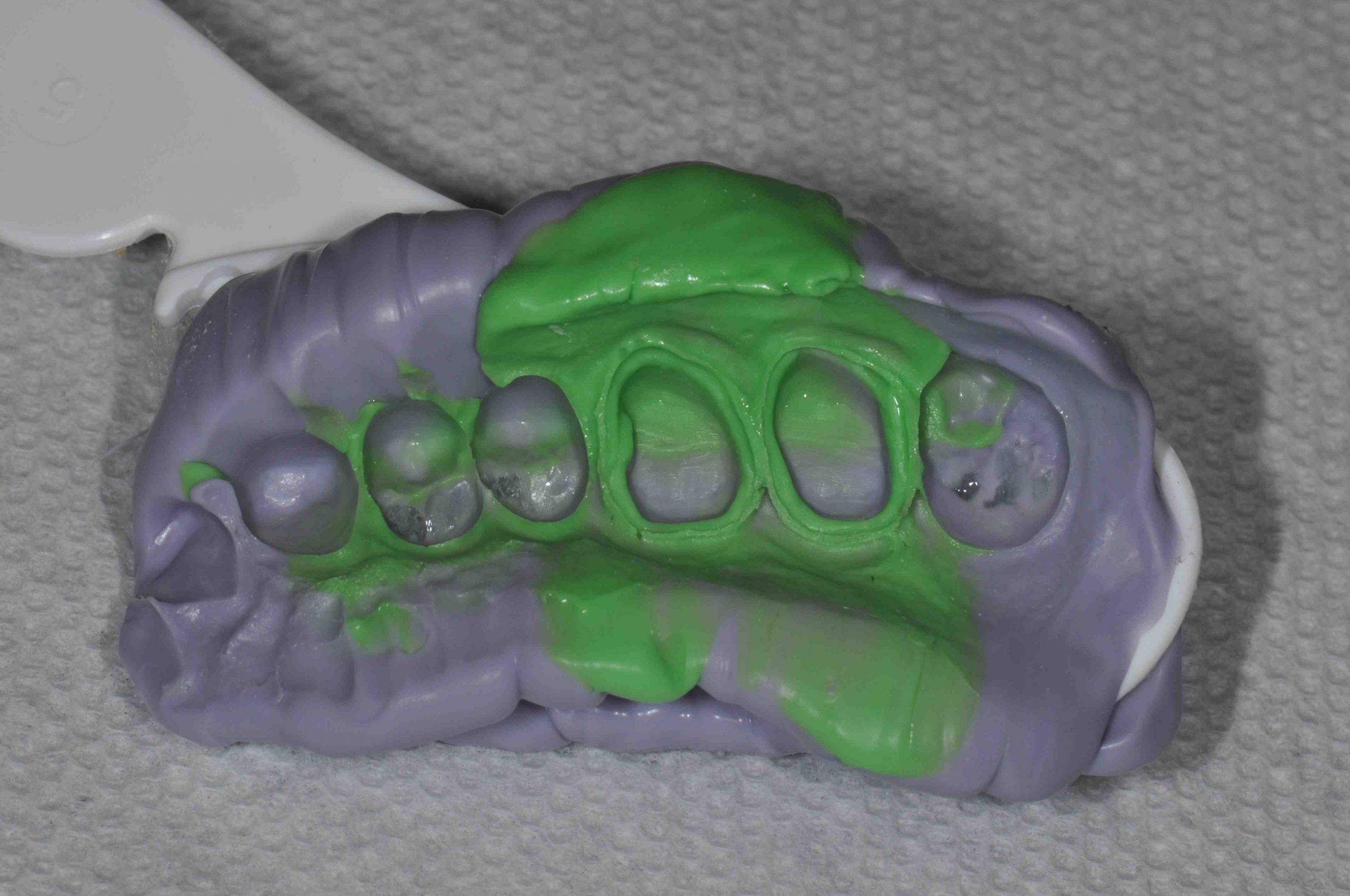
Triple Tray Versus Full Arch Impressions
Indirect restorations are the mainstay of most general practices.
Deciding whether to take triple tray or full arch impressions is a process that represents the classic dilemma we all face. It feels like we are deciding between “quality” and “economics”. In truth I think there are “quality” and “economic” pros and cons to both types of impressions.
From an economic perspective triple tray impressions are a straightforward decision.
A triple tray and the VPS to take it represent about $10 in materials compared to two full arch trays, VPS material, facebow and bite registration at a cost of about $25 in materials. Additionally a very important economic factor is productive chair time. A triple tray impression should take about 5 minutes of chair time, whereas full arch impressions and all the accompanying records take approximately 15 to 20 minutes.
The balance to the chair time on the front end is the chair time required to seat and adjust the case. In order to do an accurate comparison of the seat appointment we need to discuss the technical risks and benefits of the two approaches. We are going to assume on the front end that both techniques are done with proper retraction and accurately represent the prep and margins. A triple tray impression captures the occlusal information at maximum intercuspal position extremely accurately, but it is the only functional position they can replicate.
Full arch impressions taken without a facebow transfer, either hand articulated, or with a bite registration only over the prepared teeth only give the same information about maximum intercuspal position to the laboratory as a triple tray.
The advantage to taking full arch impressions is that they can be mounted with a facebow transfer and allow the laboratory to see the interaction of the teeth in excursive and end to end positions. A facebow records the relationship of the maxillary arch to hinge axis in all planes of space, and then transfers this information to an articulator. It can also be used to communicate esthetic information about the relationship of the incisal and occlusal plane to the horizon if the bow is leveled when the record is taken.
So the ultimate difference between a triple tray and full arch impressions is the addition of functional information about excursive movements and end-to-end positions. This requires taking a facebow record, and can be increased in accuracy by setting the condylar elements on a semi-adjustable articulator either with a protrusive bite record or an end to end retracted photograph. Using either technique the most accurate bite record is always captured with the unprepared teeth in full occlusal contact. So the decision between the two approaches really depends on the functional and esthetic risk factors of the case. The more esthetic and functional information we send to the laboratory the higher our chances of managing the esthetic and functional issues of the case precisely.
Related Course
E1: Aesthetic & Functional Treatment Planning
DATE: October 22 2026 @ 8:00 am - October 25 2026 @ 2:30 pmLocation: The Pankey Institute
CE HOURS: 39
Dentist Tuition: $ 6900
Single Occupancy with Ensuite Private Bath (Per Night): $ 355
Transform your experience of practicing dentistry, increase predictability, profitability and fulfillment. The Essentials Series is the Key, and Aesthetic and Functional Treatment Planning is where your journey begins. Following a system of…
Learn More>







Very good information. I would add that if using a triple tray try to use as rigid of one as possible to minimize distortion. I have really seen an improvement when going from plastic to metal trays ( I use clinicians choice but I am sure there are others , no affiliation.)